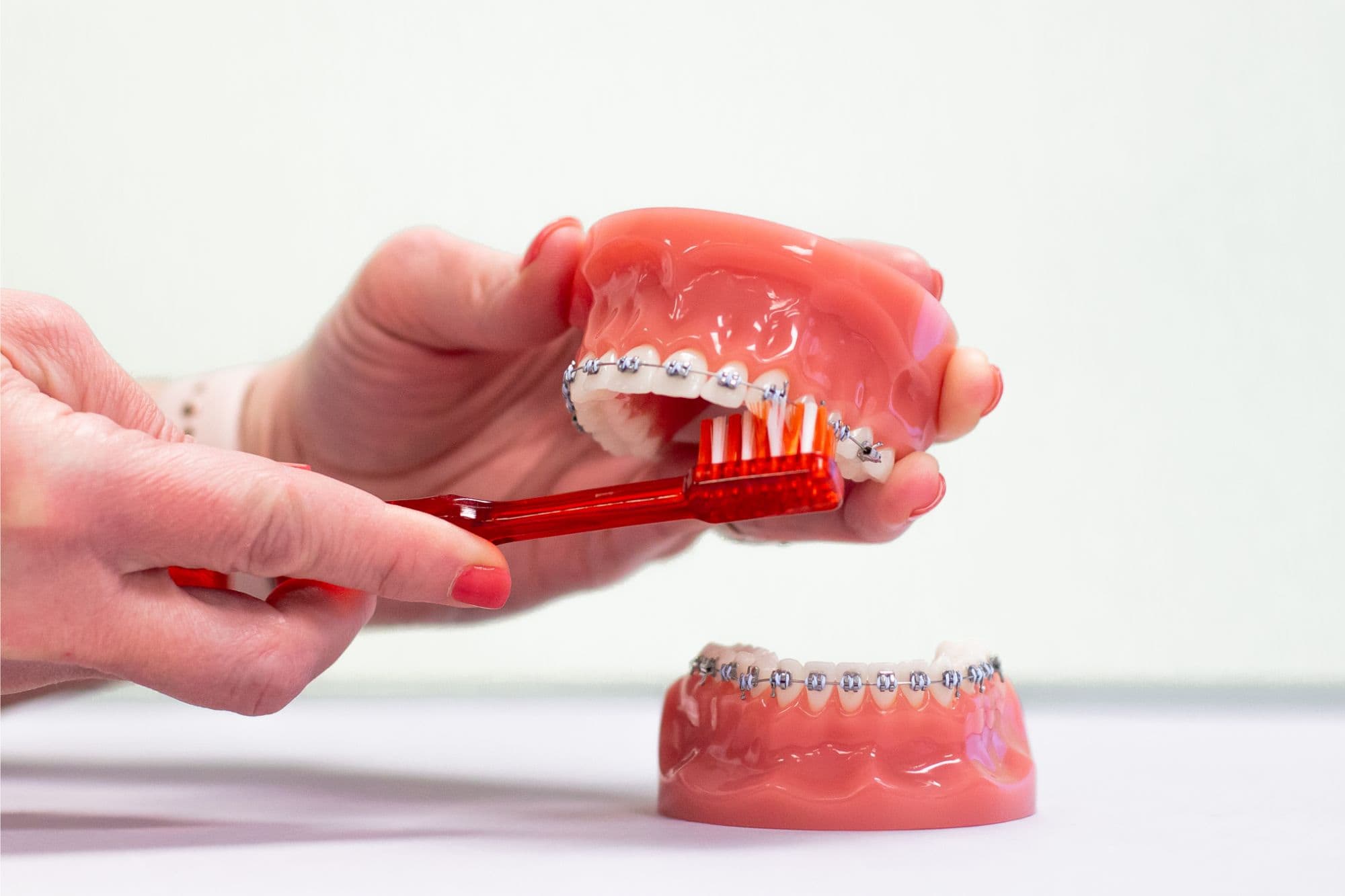THE DEVELOPMENT OF ORTHODONTIC CARE

Orthodontics represents a field in dentistry that makes use of braces in the correction of crooked teeth. The braces are tightly mounted on the teeth and, in time, adjust the position of the teeth to a better, more even and more attractive look. Orthodontic care improves the functionality of teeth and, in recent studies, has been proven to enhance the intake of nutrients in the body. It also improves facial appearance since it not only corrects the dental structure but also improves the jawline.
Orthodontics has been in the limelight for almost two hundred years, but the significant advancements date to around thirty years ago. These enormous leaps have been made possible with the invention of 3D imaging and printing. The discovery of X-rays additionally served as a significant breakthrough in orthodontic care Best Richmond Orthodontist. The modelling of braces has become significantly easier. This has come with the development of the iTero scanner that facilitates getting digital tooth impressions.
FAQs on orthodontic care
Orthodontic care is available for people of all ages. It can be used on a child from around the age of ten years. Senior citizens have also been encouraged to embrace this practice. They have been known to improve both the shape and structure of the jaws, thus proving very helpful for seniors with difficulty chewing. Children with crowded teeth are also legible for orthodontic care.
Practical reasons for orthodontic care
A person can adapt to orthodontic care for various reasons. The possible causes include the following.
- Misaligned teeth
This is the abnormal placement of the lower and upper jaw. This can be either natural or develop from certain childhood habits. The childhood habits might include object biting or even thumb sucking. Misaligned teeth can also result from the jaw being too small. The application of orthodontic care can correct misaligned teeth. This might include the use of braces that help in correctly realigning teeth.
- Difficulty in masticating food
Various reasons can cause difficulty in chewing. Misaligned teeth are one of the reasons. Orthodontic care helps in straightening one’s teeth, thus dealing with the problem of difficulty in chewing. The care also helps prevent tooth decay, which results in difficulty chewing.
- Shifting jaws
Shifting jaws can be defined as when the lower jaw moves from its normal position. This can be a result of misaligned jaws or even an accident. Orthodontic surgery is a common remedy for misaligned jaws as it prevents impending complications.
Conclusion
From the information above, orthodontic care can be critical. It improves general oral health and treats dental complications. It also prevents future dental complications. However, orthodontic care should not be considered a replacement for dental care but should be accompanied by dental care.